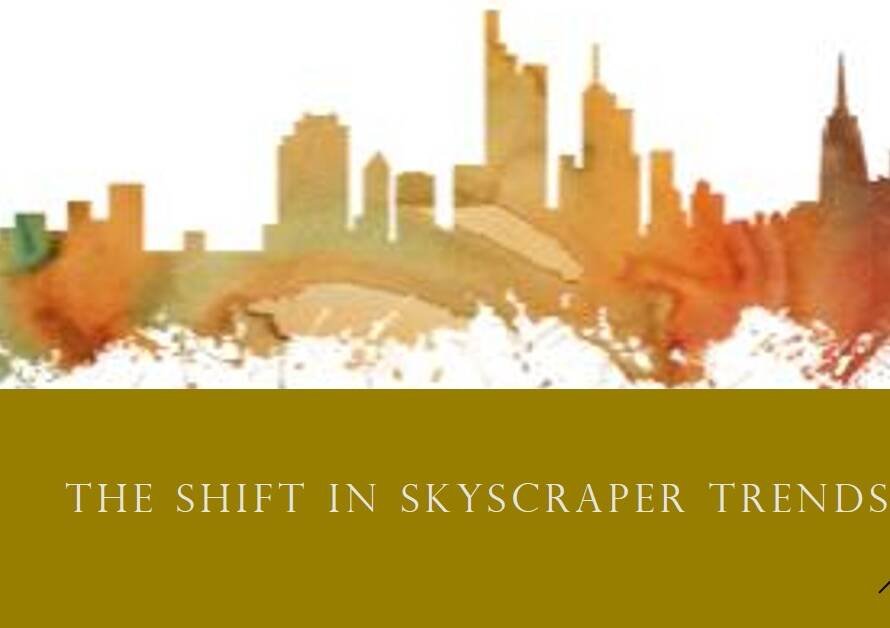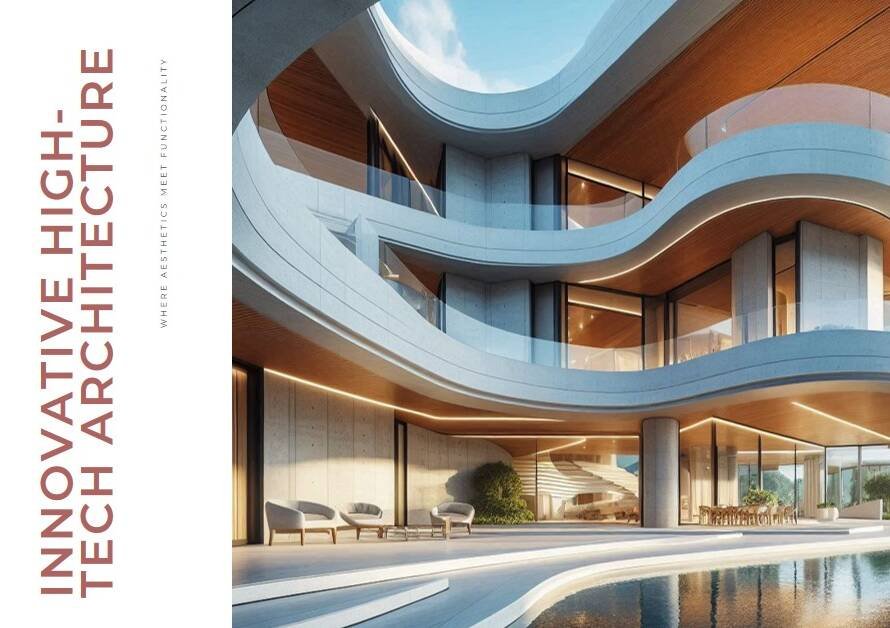
Table of Contents
In the realm of architecture and design, 3D rendering has become an indispensable tool for communicating ideas, showcasing designs, and captivating clients’ imaginations. Understanding what clients love about 3D renders can provide valuable insights into how architects, designers, and visualization artists can leverage this powerful medium to exceed client expectations and foster positive collaborations. Let’s delve into ten compelling reasons why clients adore 3D renders and how they contribute to successful design projects.
1. Visual Realism: Bridging the Gap Between Vision and Reality to Client
One of the primary reasons clients love 3D renders is the visual realism they offer. Unlike traditional 2D drawings or sketches, 3D renders provide clients with a lifelike representation of their future spaces. From accurate lighting and textures to realistic materials and spatial proportions, 3D renders help clients visualize the end result with clarity and confidence. This visual realism instills trust in the design process and ensures that clients have a clear understanding of how their projects will look and feel once completed.
2. Design Exploration: Bringing Concepts to Life with Flexibility
3D renders empower clients to explore design concepts and variations with ease. Whether experimenting with different color schemes, furniture layouts, or architectural elements, clients appreciate the flexibility and creativity that 3D renders offer. Visualization artists can create multiple renderings showcasing various design options, allowing clients to make informed decisions and tailor designs to their preferences. This iterative design process fosters collaboration, encourages feedback, and ensures that the final design aligns perfectly with the client’s vision and expectations.
3. Immersive Experiences: Stepping Into Virtual Spaces
With advancements in technology, clients can now experience their future spaces in immersive ways through virtual reality (VR) and augmented reality (AR) applications powered by 3D renders. VR walkthroughs enable clients to step into their designs, explore rooms from different angles, and get a realistic sense of scale and spatial relationships. AR applications superimpose 3D models onto real-world environments, allowing clients to visualize how designs integrate seamlessly into existing spaces. These immersive experiences not only wow clients but also provide valuable insights into design functionality and user experience.
4. Clarity in Communication: Enhancing Understanding and Alignment
Clear communication is key to successful design projects, and 3D renders play a pivotal role in facilitating effective communication between designers and clients. Complex design ideas, technical details, and spatial layouts can be communicated visually through 3D renders, eliminating misunderstandings and ensuring alignment between all stakeholders. Clients appreciate the clarity and transparency that 3D renders provide, enabling them to ask informed questions, provide feedback, and make decisions confidently throughout the design process.
5. Marketing and Pre-Sales Tools: Captivating Audiences and Investors
Beyond design development, 3D renders serve as powerful marketing and pre-sales tools for architects, developers, and real estate professionals. High-quality renders showcasing architectural designs, interior spaces, and landscaping features captivate audiences, attract potential buyers or investors, and convey the value proposition of projects effectively. Clients value the ability of 3D renders to evoke emotions, create aspirational visuals, and generate interest in projects long before they are realized, contributing to successful marketing campaigns and project pre-sales efforts.
6. Time and Cost Savings: Minimizing Revisions and Design Errors
3D renders contribute to time and cost savings throughout the design and construction phases of projects. By visualizing designs accurately early in the process, clients can identify potential design issues, make adjustments proactively, and minimize costly revisions during construction. Clear visualization also reduces misunderstandings between clients and design teams, streamlines decision-making processes, and ensures that projects progress smoothly within specified timelines and budgets, ultimately saving time and resources for all parties involved.
7. Stakeholder Engagement: Building Support and Enthusiasm
Engaging stakeholders, from clients to community members and project investors, is crucial for project success. 3D renders play a vital role in building support and enthusiasm for projects by showcasing designs in compelling ways. Whether presenting to local authorities for approvals, pitching ideas to investors, or engaging with the public for community projects, high-quality 3D renders communicate design intent effectively, generate excitement, and garner support for projects, paving the way for smooth project execution and positive outcomes.
8. Design Detailing and Customization: Tailoring Spaces to Preferences
Clients appreciate the level of detail and customization that 3D renders offer in visualizing design elements, finishes, and aesthetics. From intricate architectural details to personalized interior furnishings and decor, 3D renders allow clients to see every aspect of their spaces in detail. Visualization artists can showcase specific materials, lighting scenarios, and design features accurately, enabling clients to make informed choices, express their preferences, and ensure that designs align with their lifestyle, brand identity, or project objectives.
9. Collaboration and Feedback Loops: Iterating Towards Perfection
The collaborative nature of 3D renders fosters open communication, feedback loops, and iterative design processes between designers and clients. Clients can provide feedback on renderings, suggest revisions or enhancements, and actively participate in shaping the final design outcomes. This collaborative approach not only strengthens client-designer relationships but also ensures that designs evolve based on real-time feedback, preferences, and project goals, resulting in designs that meet and exceed client expectations.
10. Future-Proofing Designs: Anticipating and Adapting to Changes


In a dynamic and evolving design landscape, clients appreciate the future-proofing aspect of 3D renders. Designs visualized through 3D renders allow clients to anticipate future changes, trends, and requirements, ensuring that designs remain relevant and adaptable over time. Whether planning for future expansions, technological integrations, or sustainability upgrades, 3D renders provide a forward-looking perspective that aligns with long-term project visions and investment strategies, offering clients peace of mind and confidence in their design decisions.
In conclusion, the love that clients have for 3D renders extends beyond visual appeal; it encompasses clear communication, immersive experiences, collaborative workflows, and strategic value throughout the project lifecycle. By harnessing the power of 3D rendering technologies, architects, designers, and visualization artists can create impactful designs, build strong client relationships, and deliver projects that inspire, delight, and stand the test of time in an ever-evolving design industry.



